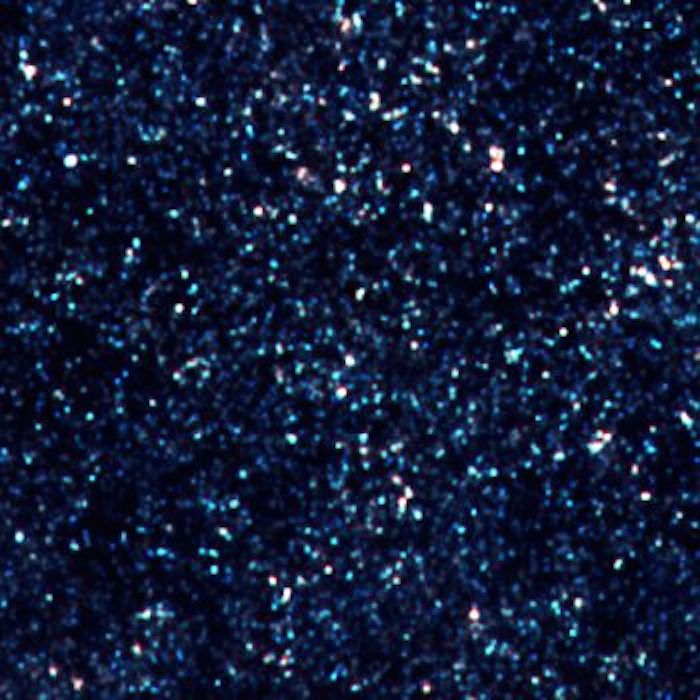.

Dr Jillian Scudder's study discovered multiple galaxies hidden behind hot dust
-
A new University of Sussex study has cleared the air on what lies behind hot dust visible in the distant universe.
Researchers found that the glow of heated dust reaching our planet is frequently due to three or four galaxies instead of a single one, as scientists had previously assumed.
The study, published in Monthly Notices of the Royal Astronomical Society, applied a statistical method to data from the Herschel Space Observatory to solve one of astrophysics’ great conundrums.
Dr Jillian Scudder, lead author and Postdoctoral Research Fellow in Astrophysics, said: “This is a really interesting result because when we assumed that one galaxy had to be responsible for all of the dust emission, it implied that the galaxy must be forming a tremendous number of new stars.
“Forming that number of stars in a galaxy so early in the Universe is quite hard to explain. By finding that each galaxy is actually two or three galaxies, we’ve dropped the number of stars these galaxies have to be producing by a third.”
Far-infrared observations are relatively low resolution, and so each object detected by Herschel is blurred over an area about 26 times as large as the entire Milky Way. But if you look at the same patch of sky with better resolution, a number of galaxies appear, not just one.
This abundance of possible galaxies makes it difficult to figure out which of them is responsible for the dust glow. Historically, the galaxy closest to the centre of the dust glow is assigned responsibility for creating all of the light.
This new study used a statistical method to find the best possible way to split up the light seen by Herschel, given the positions of known nearby galaxies. If one galaxy is found in the exact centre, it is probably responsible for most or all of the dust glow seen by Herschel. However, if there are no galaxies in the exact middle, or if the glow is not perfectly round, more than one galaxy is likely to be contributing to the light.
Dr Scudder added: “Even after being revealed as multiple galaxies, each galaxy is still very bright, and forming a lot of new stars. The fact that there are several bright galaxies so close to each other on the sky may mean that they’re interacting with each other, which might help explain how they got so bright in the first place.”
The study looked at a sample of 360 objects detected at 250 micron by Herschel within the COSMOS field and revealed that the sample is almost entirely (95%) made up of at least two dust-bright galaxies hiding within the low-resolution images from Herschel.
.

Jillian Scudder
Quelle: University of Sussex
3778 Views
